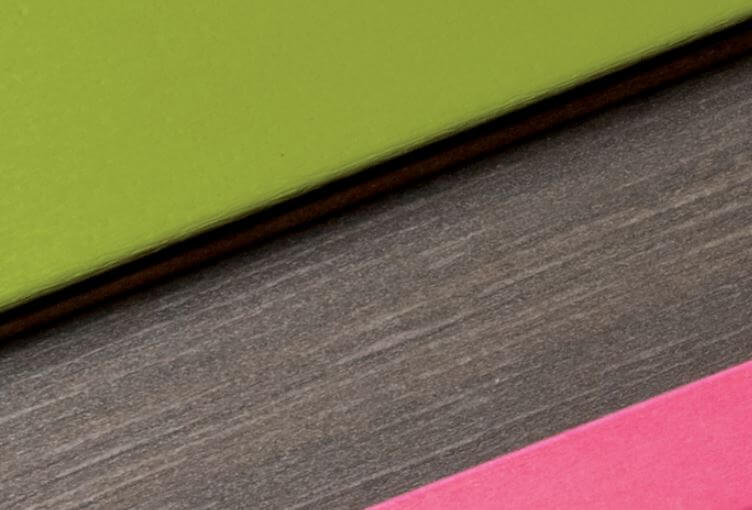4 Environmentally Friendly Fencing Options

 When people think about environmentally friendly landscaping, the idea of installing an environmentally friendly fencing system that’s affordable, effective, and beautiful seems like a pipe dream. However, there are more and more options for eco-friendly fences that allow for aesthetics and privacy, all while reducing your project’s environmental impact. Today, we’ll be talking about some of the materials available for environmentally friendly fencing systems.
When people think about environmentally friendly landscaping, the idea of installing an environmentally friendly fencing system that’s affordable, effective, and beautiful seems like a pipe dream. However, there are more and more options for eco-friendly fences that allow for aesthetics and privacy, all while reducing your project’s environmental impact. Today, we’ll be talking about some of the materials available for environmentally friendly fencing systems.
Bamboo Natural Fencing
If you’re looking for a high-impact design with a low environmental cost, bamboo natural fencing might be the right choice for your project. Bamboo is not only aesthetically pleasing, but it’s a highly durable material that is the most environmentally sustainable wood on Earth. While bamboo may have similar properties to wood in terms of durability, it’s actually a member of the grass family, which means that it regenerates much more quickly than traditional trees. In fact, in some areas of the planet and the species of plant, bamboo can grow as many as 3 feet per day!
Not only is it a sustainable product, but it looks stunning, and will make a statement that will beautify your community.
Bio Composite Fencing
If you’re looking for a slightly more traditional look, bio composite fencing might be the right choice for your project. Made of organic materials such as wheat straw and recycled plastic, bio composite fencing is designed to mirror the look and feel of real wood. There are several benefits to this type of fencing: it’s free of toxic chemicals, and the plastic elements shield the other organic materials from water damage without the need for chemical sealants. This is important because wood rot is caused by just three elements: water, oxygen, and a temperature between 40 and 105 degrees. These conditions exist almost every place on the planet that’s habitable by humans, so finding ways to protect against rot and decay is a problem that everyone building a fence will need to contend with over the course of the lifetime of their fence.
Plastic Wood Fencing
One of the most innovative ways that fencing suppliers are trying to maintain ethical fencing practices is through the use of composite materials. These companies use recycled wood and plastic from materials such as grocery bags and newspaper sleeves. This means that these recycled plastic wood fences not only keep from harvesting more wood, but also actively recycle materials that might otherwise end up in landfills. If your project is looking to achieve green certification, recycled plastic lumber fencing systems might be the right choice for you. These products qualify for LEED certification points for Leadership in Energy and Environmental design.
Privacy Trees and Shrubs
If you’re truly looking for the most natural alternative to traditional fencing systems, what better way is there than to plant privacy trees or shrubs at the edge of your property? Made from trees or hedges, these are the most environmentally friendly option of all: filtering CO2 from the atmosphere while providing privacy and a beautiful, manicured look that will blend in with the rest of the landscaping around your property.
Finding ways to reduce our impact on the environment is a worthy endeavor that must be undertaken. Every year, there are more and more options that are aesthetically pleasing, affordable, and environmentally friendly. Each of these options would be a stunning addition to any home or public space looking to beautify their community while being mindful of our planet’s future.
If you’d like to discuss options for which sustainable fencing system is right for your project, contact us today. Our experts would be happy to discuss the material that fits within your project’s design, scale, and budget.
What’s your favorite environmentally friendly fencing material? Contact us.












